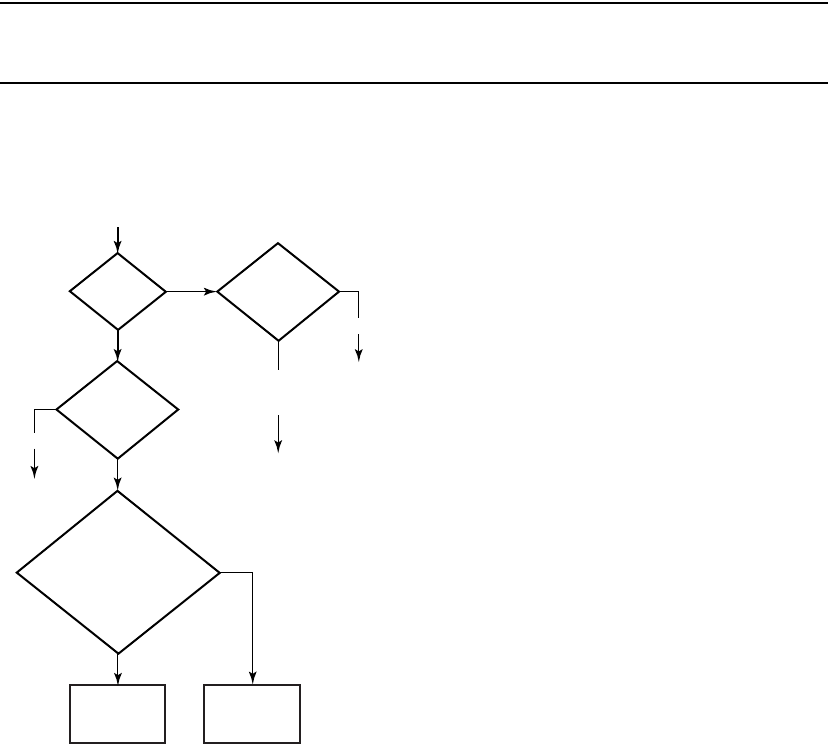Brocade Converged Enhanced Ethernet Administrator's Guide v6.1.2_cee (53-1001258-01, June 2009)
Table Of Contents
- Contents
- Figures
- Tables
- About This Document
- Introducing FCoE
- Using the CEE CLI
- In this chapter
- CEE CLI configuration guidelines and restrictions
- Using the CEE command line interface (CLI)
- CEE CLI RBAC permissions
- Accessing the CEE CLI through the console interface or through a Telnet session
- Accessing the CEE CLI from the Fabric OS shell
- Accessing CEE CLI command modes
- Using CEE CLI keyboard shortcuts
- Displaying CEE CLI commands and command syntax
- Using CEE CLI command completion
- CEE CLI command syntax conventions
- Using CEE CLI command output modifiers
- Configuring VLANs Using the CEE CLI
- In this chapter
- VLAN overview
- Ingress VLAN filtering
- VLAN configuration guidelines and restrictions
- Default VLAN configuration
- VLAN configuration procedures
- Enabling and disabling a CEE interface
- Configuring the MTU on a CEE interface
- Creating a VLAN interface
- Configuring a VLAN interface to forward FCoE traffic
- Configuring a CEE interface as a Layer 2 switch port
- Configuring a CEE interface as an access interface or a trunk interface
- Configuring VLAN classifier rules
- Configuring VLAN classifier groups
- Associating a VLAN classifier group to a CEE interface
- Clearing VLAN counter statistics
- Displaying VLAN information
- Configuring the MAC address table
- Configuring STP, RSTP, and MSTP using the CEE CLI
- In this chapter
- STP overview
- RSTP overview
- MSTP overview
- STP, RSTP, and MSTP configuration guidelines and restrictions
- Default STP, RSTP, and MSTP configuration
- STP, RSTP, and MSTP configuration procedures
- STP, RSTP, and MSTP-specific configuration procedures
- STP and RSTP-specific configuration procedures
- RSTP and MSTP-specific configuration procedures
- MSTP-specific configuration procedures
- 10-Gigabit Ethernet CEE interface-specific configuration
- Global STP, RSTP, and MSTP-related configuration procedures
- Clearing STP, RSTP, and MSTP-related information
- Displaying STP, RSTP, and MSTP-related information
- Configuring Link Aggregation using the CEE CLI
- Configuring LLDP using the CEE CLI
- Configuring ACLs using the CEE CLI
- In this chapter
- ACL overview
- Default ACL configuration
- ACL configuration guidelines and restrictions
- ACL configuration procedures
- Creating a standard MAC ACL and adding rules
- Creating an extended MAC ACL and adding rules
- Modifying a MAC ACL
- Removing a MAC ACL
- Reordering the sequence numbers in a MAC ACL
- Applying a MAC ACL to a CEE interface
- Applying a MAC ACL to a VLAN interface
- Clearing MAC ACL counters
- Displaying MAC ACL information
- Configuring QoS using the CEE CLI
- Configuring FCoE using the Fabric OS CLI
- Administering the switch
- Configuring RMON using the CEE CLI
- Index

26 Converged Enhanced Ethernet Administrator’s Guide
53-1001258-01
Ingress VLAN filtering
3
Ingress VLAN filtering
A packet arriving at the Brocade 8000 CEE switch is either associated with a specific port or with a
VLAN, based on whether the packet is tagged or untagged:
• Tagged packets—The port the packet came in on is assigned to a single VLAN or to multiple
VLANs depending on the VLAN ID in the frame’s VLAN tag.
• Untagged packets—Are assigned the port VLAN ID (PVID) assigned to the port the packet came
in on.
NOTE
Ingress VLAN filtering is enabled by default on all Layer 2 interfaces. This ensures that VLANs are
filtered on the incoming port (depending on the user configuration).
Figure 5 shows the packet processing logic for an incoming packet.
FIGURE 5 Ingress VLAN filtering
Ingress VLAN filtering is summarized as follows:
• Ingress VLAN filtering is based on port VLAN membership.
• Port VLAN membership is provisioned through the CEE CLI.
• Dynamic VLAN registration is not supported.
• The Brocade 8000 CEE switch does VLAN filtering at both the ingress and egress ports.
• The VLAN filtering behavior on logical Layer 2 interfaces such as LAG interfaces is the same as
on port interfaces.
Is the port
a trunk?
Assign the
packet to the
classified VLAN
Assign the
packet to the
configured PVID
Drop packet
Drop packet
Is the VLAN ID
an allowed VLAN?
Assign the packet to the
VLAN present in the VLAN ID
field of the Ethernet header
Incoming packet
on an interface
No
No
No
Ye s
Ye s
Is the port an
access interface?
No
Ye s
Ye s
Does the packet match any
of the configured VLAN classifiers
(MAC address based and
protocol based)?










